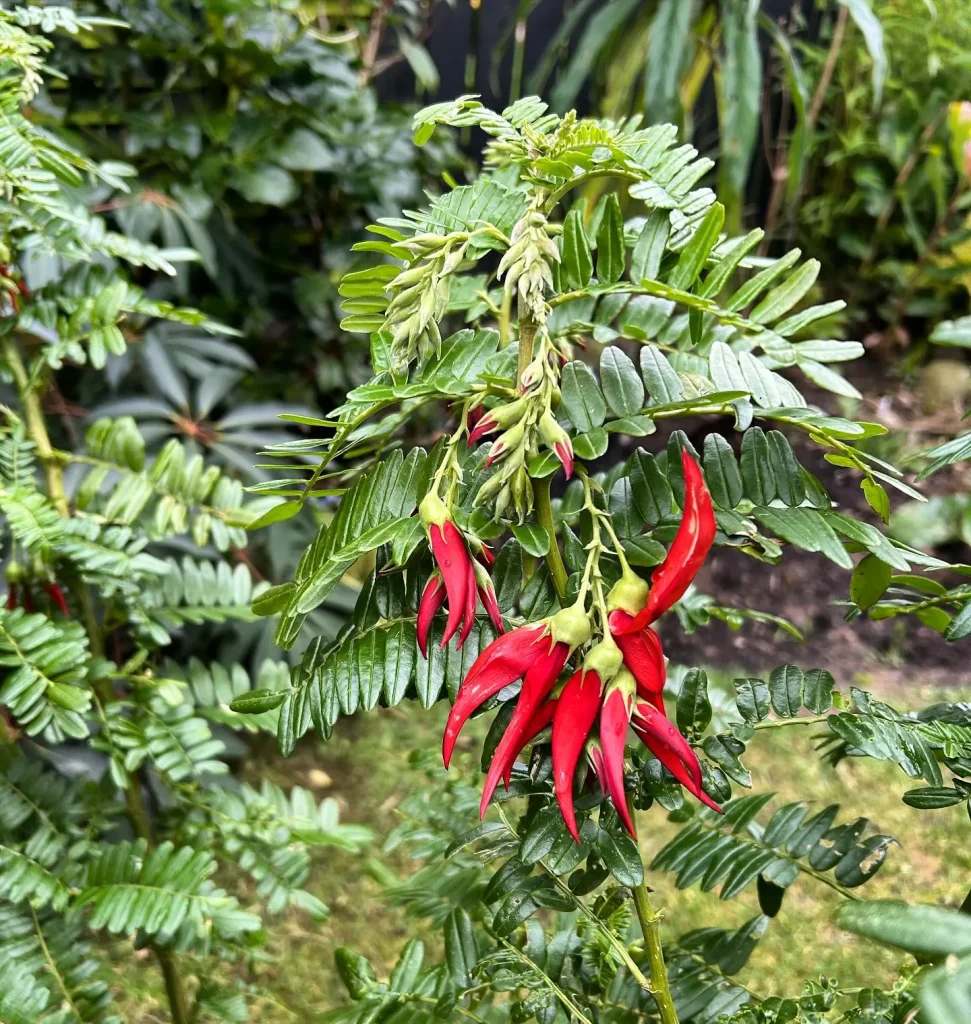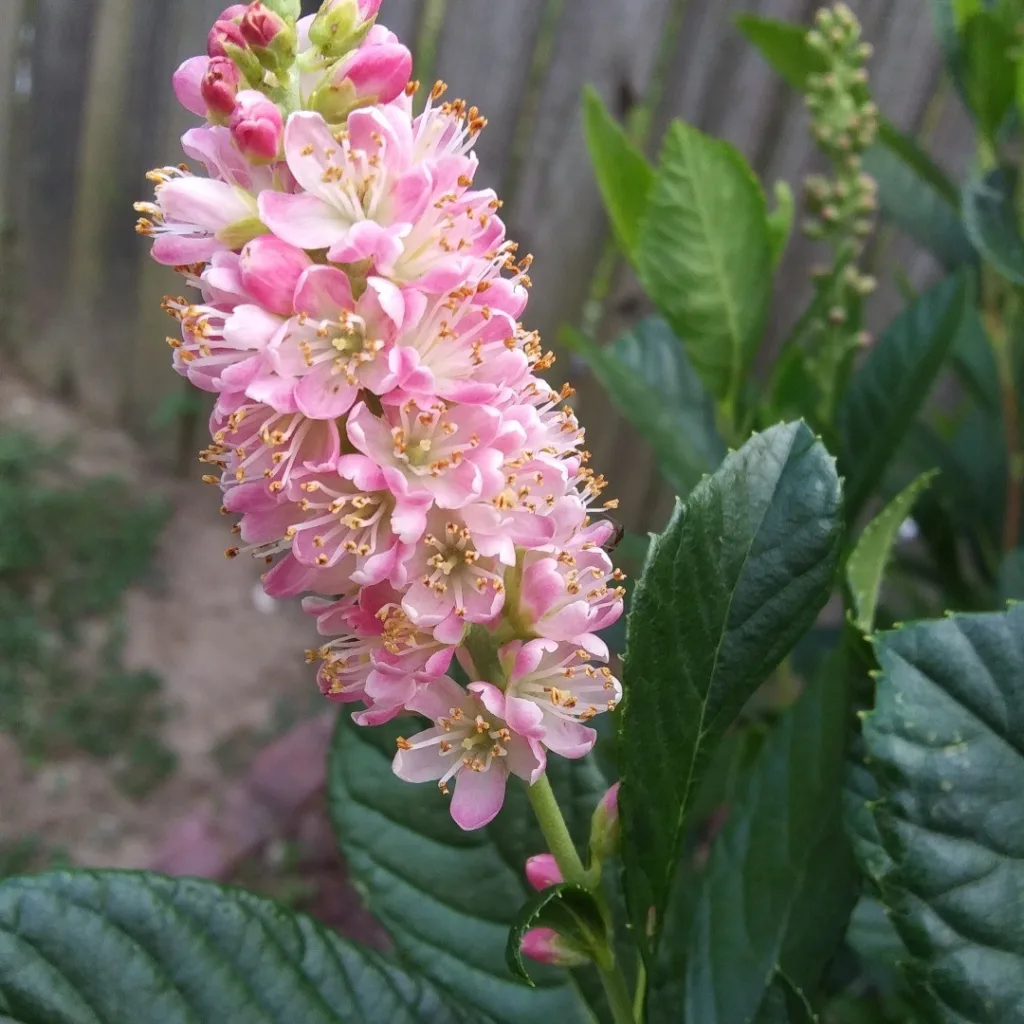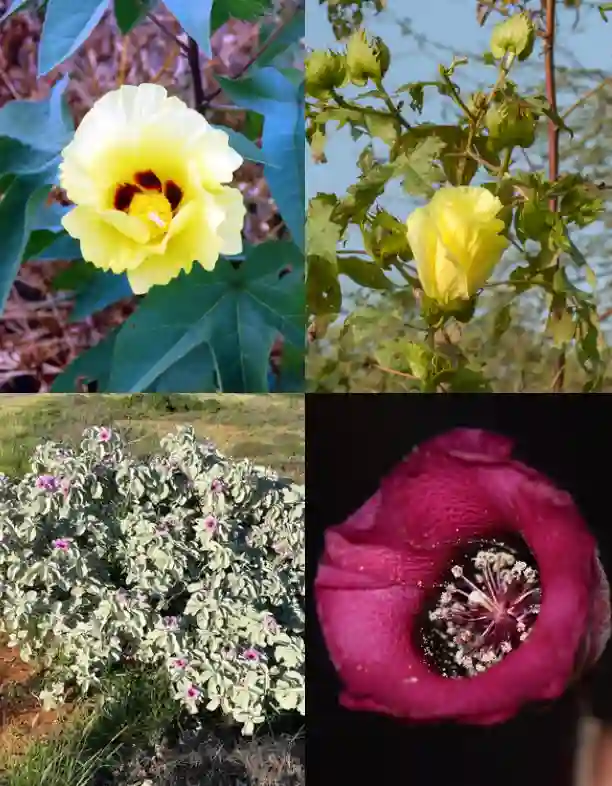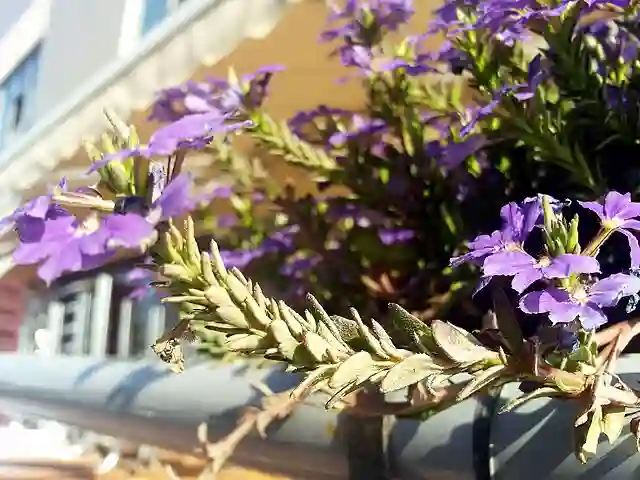My Enduring Enchantment with the Rhaphidophora Decursiva
Hi everyone, Ferb Vu here! Today, I want to share my love for a truly captivating plant – the Rhaphidophora Decursiva. This stunning climber has become a star in my indoor jungle, and I’m here to tell you all about it. From its majestic leaves to its surprisingly easy care needs, the Rhaphidophora Decursiva is a must-have for any plant enthusiast.
105 Species in Genus Rhaphidophora
What is a Rhaphidophora Decursiva?
The Rhaphidophora Decursiva, also known as the Decursive Philodendron, is a climbing vine native to Southeast Asia. It belongs to the Araceae family, alongside popular houseplants like pothos and monsteras. But unlike its more common cousins, the Rhaphidophora Decursiva boasts truly unique characteristics.
Its main attraction is undoubtedly the foliage. The leaves emerge small and heart-shaped, but as the plant matures, they transform into deeply lobed masterpieces. These dramatic leaves can reach impressive sizes, boasting stunning splits and perforations that give them a lacy, dreamlike quality.
Rhaphidophora Decursiva vs Epipremnum Pinnatum
When comparing Rhaphidophora Decursiva and Epipremnum Pinnatum, I find myself appreciating the distinct charm each brings to my plant collection. Rhaphidophora Decursiva has these beautiful, large, deeply lobed leaves that add a tropical vibe to any room. On the other hand, Epipremnum Pinnatum offers a more understated elegance with its slender, elongated leaves that have a subtle fenestration as they mature. Both are climbers, but I love how the Decursiva makes a bold statement while the Pinnatum provides a graceful, flowing look to my plant setup.
Rhaphidophora Decursiva vs Dragon Tail
Putting Rhaphidophora Decursiva next to Dragon Tail, I notice that both have an impressive presence, but they have different personalities. Rhaphidophora Decursiva’s leaves are broad and dramatic, giving off a very tropical feel, whereas Dragon Tail, with its narrower, arrow-shaped leaves, feels a bit more mystical and refined. Dragon Tail’s leaves have a glossy texture that catches the light beautifully, making it a great accent piece. The contrasting shapes and textures of these two plants make them a dynamic duo in my collection, each complementing the other’s unique characteristics.
Rhaphidophora Decursiva vs Tetrasperma
Comparing Rhaphidophora Decursiva to Rhaphidophora Tetrasperma is like comparing a giant to a mini-me. The Decursiva’s large, fenestrated leaves are bold and commanding, perfect for making a statement in a large space. In contrast, Tetrasperma, often called the mini Monstera, has much smaller leaves with a delicate, intricate fenestration that’s utterly charming. I love the Tetrasperma for its ability to fit into tighter spots while still bringing that fenestrated leaf appeal. The Decursiva, though, is my go-to when I want to fill a space with a dramatic, jungle-like presence.
How to Care for Your Rhaphidophora Decursiva?
The Rhaphidophora Decursiva is a surprisingly forgiving houseplant, making it perfect for beginners and seasoned plant lovers alike. Here’s what you need to know to keep yours thriving:
Light: This tropical beauty prefers bright, indirect light. Avoid harsh midday sun, which can scorch the leaves. A spot near an east-facing window is ideal.
Water: Don’t drown your Rhaphidophora Decursiva! Allow the top few inches of soil to dry out completely between waterings. Overwatering is a leading cause of problems for this plant.
Soil: A well-draining, airy potting mix is key. A good option is a mixture of equal parts potting soil, perlite, and orchid bark. This will provide the roots with the moisture they need without suffocating them.
Humidity: While the Rhaphidophora Decursiva can tolerate average household humidity, it will truly flourish in a more humid environment. Grouping it with other plants or using a pebble tray filled with water can help increase humidity levels.
Fertilizing: During the growing season (spring and summer), you can fertilize your Rhaphidophora Decursiva with a balanced liquid fertilizer once a month. Reduce fertilization in winter.
Is Rhaphidophora Decursiva a Climber?
Absolutely! This is where the Rhaphidophora Decursiva truly comes alive. As it matures, the plant naturally develops aerial roots that it uses to climb. In its natural habitat, it can reach staggering heights.
Here are some ways to encourage your Rhaphidophora Decursiva’s climbing habit indoors:
- Moss Pole: This is a popular choice. A moss pole provides both support and moisture for the aerial roots to attach themselves to as the plant climbs.
- Tote Pole: A sturdy tote pole creates a vertical structure for the plant to climb.
- Trellis: A trellis allows the Rhaphidophora Decursiva to sprawl and climb more freely.
Propagating Your Rhaphidophora Decursiva
Sharing the beauty of your Rhaphidophora Decursiva is easy! Stem cuttings are the most common propagation method for this plant. Here’s a quick guide:
- Select a healthy stem with at least one node (the bump where a leaf meets the stem).
- Make a clean cut just below a node.
- Place the cutting in water or a well-draining potting mix.
- Keep the cutting in bright, indirect light and wait patiently for roots to develop.
Rhaphidophora Decursiva: More Than Just a Pretty Face
Beyond its undeniable beauty, the Rhaphidophora Decursiva offers several other benefits:
- Air Purification: Like many houseplants, the Rhaphidophora Decursiva helps remove toxins from the air, contributing to a healthier indoor environment.
- Low Maintenance: This easy-going plant requires minimal care, making it perfect for busy plant parents.
- Conversation Starter: The unique foliage of the Rhaphidophora Decursiva is sure to spark conversation and impress your guests.
Adding the Rhaphidophora Decursiva to Your Collection
If you’re looking for a stunning, easy-to-care-for plant that will add a touch of the tropics to your home, the Rhaphidophora Decursiva is an excellent choice. With its captivating leaves and climbing habit, this plant is sure to become a cherished member of your indoor jungle.
If i die, water my plants!



